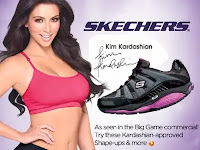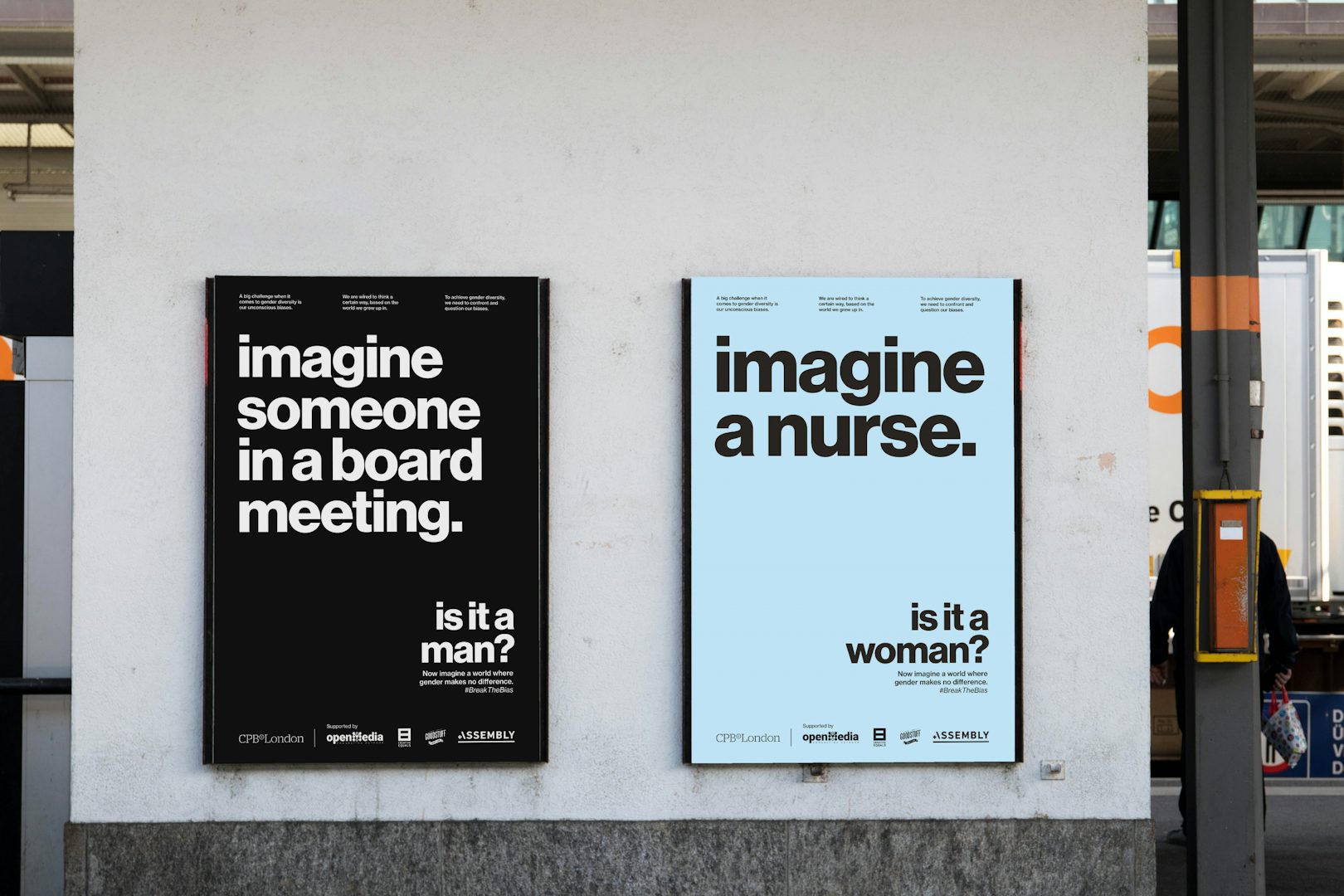In the Galaxy advert, some key conventions include a narrative (the main storyline), product images, camerawork (especially the close-up of the chocolate) and a slogan ("Why have cotton when you can have silk?"). One other convention of TV advertising not included is a voice-over.
2) What is the key message the Galaxy advert is communicating about its chocolate? The slogan for the advert will help you with this question.
Galaxy is communicating that its chocolate is much smoother, like "silk" in comparison to other brands, that are like "cotton". It also communicates a sense of luxury, with the word "silk" and the metaphor of the expensive car easily passing through (representing Galaxy chocolate) and the bus caught in a traffic jam (representing other chocolate companies).
3) Who is Audrey Hepburn and why did Galaxy select Audrey Hepburn for this advert?
Audrey Hepburn was an iconic Hollywood star in the '50s and '60s, associated with Hollywood glamour and style, and also a model and fashion icon. She was popular for her roles in the movies such as 'Breakfast at Tiffany's', and especially 'Roman Holiday', which Galaxy references, using intertextuality, through the setting of Italy. Her likeness is used for this advert for nostalgia purposes - to attract old audiences by targeting their fondness of the past, when Audrey Hepburn was especially popular.
4) What is intertextuality?
Intertextuality is where one media product references other media products to engage the audience. It is used in this advert, as it references the movie 'Roman Holiday' by using Audrey Hepburn's face from the year of the film, and setting it in Italy.
5) What Audrey Hepburn films are suggested in this advert and how is this effect created (e.g. mise-en-scene - CLAMPS: costume, lighting, actors, make-up, props, setting)?
The movie 'Breakfast at Tiffany's' is referenced through the choice of background music, 'Moon River', which was performed by Audrey Hepburn in the film. The advert also references 'Roman Holiday' through the setting on the Italian Riviera, and the use of a CGI version of her face from 1953 - the year of the film. Furthermore, the actor for the man driving the car was selected for his facial similarity to Gregory Peck, who featured alongside Audrey Hepburn in the film. The costumes are very reminiscent of the '50s/'60s era, perhaps referencing another of her movies.
6) Which of Propp's character types are can be found in the advert and how do they change? (Note: just choose two or three character types that are definitely used in the advert - it does not use all seven).
Audrey Hepburn begins as the princess, partnered with the hero, represented by the man in the car. Perhaps, the fruit seller could be considered the villain, as he is the main source of disruption. The donor would be the bus driver, after she takes his hat. Furthermore, the man sitting next to Hepburn on the bus may be symbolic of the father figure, as he moves aside to let her walk through.
Later on, Audrey Hepburn takes on the role of the hero, after putting the bus driver's hat on the man in the car, who then becomes the sidekick, as he drives her out of the area.
7) How does the advert's narrative (story) follow Todorov's theory of equilibrium?
Todorov's theory of equilibrium states that all narratives follow a three part structure: firstly, they begin with an equilibrium, where everything is balanced. Secondly, something comes to disrupt the equilibrium, causing disequilibrium. Finally, a resolution is reached, creating a new equilibrium. Then, the cycle repeats.
The first state of equilibrium in the advert would be where she is sitting on the bus. Then, disequilibrium is created when the bus crashes into the fruit seller's stall. The beginning of the resolution starts when the man in the car drives beside the bus and signals to her, causing her to come out of the bus, take the bus driver's hat, place it on her 'chauffeur's' head, and take a seat in the car. Then, the new equilibrium is solidified as she takes a bite of the chocolate, relaxes, and they drive off together.
8) What representation of celebrity can be found in this advert? Think about how Audrey Hepburn is presented.
Audrey Hepburn is represented as elegant and confident, suggested through her graceful actions (especially when she twirls around in her dress), and the way the fruit seller and bus driver seem to stare at her, in awe. This also portrays her as attractive, and this representation is furthered through how the man in the car offers her a seat. Perhaps, this emphasises the nostalgic quality of the advert, as her elegance is exaggerated for the pleasure of older audiences, who would recognise the past more positively compared to the reality of how it was (rosy retrospection).
9) What representations of gender can you find in this advert?
Through the representation of Audrey Hepburn as graceful and elegant, women may be represented in the same light, as more sophisticated than men. This is because the men are represented as somewhat argumentative and aggressive, through the altercation between the fruit seller and bus driver. Through the men's reaction to Audrey Hepburn (their facial expressions, and the man in the car's offer), it is implied that most men are infatuated with women, and hopelessly chase after them. When she places the hat on his head, it could be considered a 'rejection' of sorts. These representations allude to the stereotype of hopelessly romantic men falling in love and chasing after an attractive women, who ignores their advances.
10) How are stereotypes subverted at the end of the Galaxy advert to reflect modern social and cultural contexts?
Stereotypes are subverted through Audrey Hepburn placing the hat on the man in the car's head. This may symbolise a sense of power over him, in that he becomes her 'driver', and she doesn't change for his sake. This may reflect modern social and cultural contexts where women are usually seen as equal to men, in favour of outdated social contexts where they were seen as inferior.
Grade 8/9 extension tasks:
Read the Framestore case study and the Guardian feature again. How did they recreate an Audrey Hepburn film using location, casting and CGI?
The process began with finding an actress who had a similar likeness to Audrey Hepburn, "ideally [sharing] as many of her features and characteristics as possible". They did facial scanning to record muscle movements and high resolution textures, to build the "CG Audrey". The shoot then took place along Italy's Amalfi coast, with the Capture Lab team collecting lighting and tracking data. Witness cameras were used to shoot from multiple angles, in order to perfectly track the actress's face. After the shoot, they built a facial rig as reference for the "multitude of shapes the human face can achieve". The 3D team then built the model of Hepburn using all available media as references, tweaking constantly to refine the model from all angles.They needed two body doubles to get reference material for Audrey Hepburn's "20-inch waist" and her "distinctive facial bone structure". A new renderer, 'Arnold', was used to create the look of human skin. Later on, it was realised that full CG was needed to get Audrey Hepburn's face completely right.
Now read this Vintage Everyday feature behind the scenes of the Galaxy advert. What other background information do you learn here regarding the construction of the advert?
The cast originally included three women, but only two are present in the advert - Jenny Ishammar and Lou-Helene Barbry.
Women in the 1950s are represented very differently in two of our advertising CSPs: OMO and Galaxy. What similarities and differences can you find by analysing the two products?
There are similarities in that both women are wearing make-up, however, while the OMO advert uses it to suggest women must always be pretty, the Galaxy advert may only be using it to accentuate and faithfully recreate Audrey Hepburn's likeness. In the Galaxy advert, women are not represented as housewives, they are suggested to have more power (shown by when she gives him the hat), and are represented as more independent and confident - the man originally offers her a seat for his own sake, but she ignores his advances, choosing to sit in the back seat instead. This subverts the outdated stereotype that women are dependent on men. On the other hand, the OMO advert suggests that women are only suitable for the home, and must enjoy that idea, implying that they are inferior to men.














